Articles > Geography
Trying the top Colorado cities on US State Largest Cities – Choose State & Number? Here are the top 10 to get you started.
1. Denver, CO (Population: 716,577)
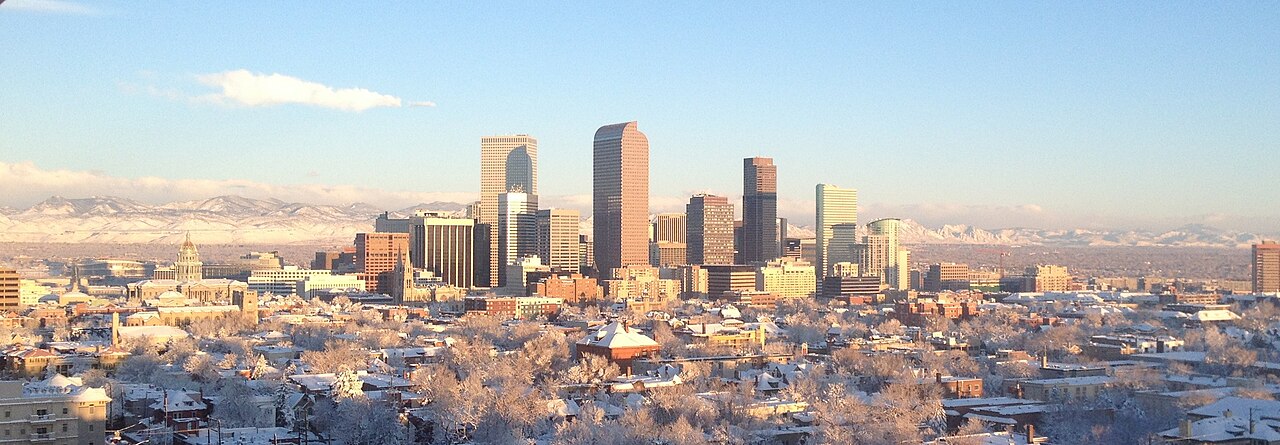
Denver, Colorado’s capital and largest city, sits at the base of the Rocky Mountains, earning it the nickname “Mile High City” due to its elevation of exactly one mile above sea level. Denver is a dynamic mix of urban energy and outdoor adventure. The city boasts thriving cultural institutions like the Denver Art Museum and Denver Performing Arts Complex, while neighborhoods such as LoDo and RiNo offer breweries, galleries, and nightlife. Its economy is driven by energy, aerospace, technology, and finance. With the Rocky Mountains nearby, residents enjoy skiing, hiking, and biking just minutes away. Denver also hosts four major professional sports teams, making it a haven for fans.
Interesting Fact:
Denver brews more beer than any other city in the U.S., with more than 150 breweries and taprooms.
2. Colorado Springs, CO (Population: 488,664)
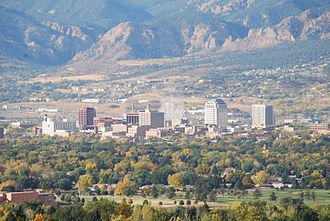
Colorado Springs, located at the base of Pikes Peak, blends natural beauty with a strong military presence. It is home to the U.S. Air Force Academy, NORAD, and several military bases. The city draws outdoor enthusiasts with landmarks like Garden of the Gods, a park of dramatic red rock formations, and the nearby Rocky Mountains. Colorado Springs’ economy is tied to defense, aerospace, and technology, with a growing tourism industry. Its family-friendly neighborhoods and affordability compared to Denver make it a popular place to live. With over 300 days of sunshine each year, it is considered one of the most pleasant climates in the U.S.
Interesting Fact:
Pikes Peak inspired the song “America the Beautiful,” written after Katharine Lee Bates visited in 1893.
3. Aurora, CO (Population: 395,052)
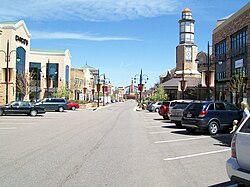
Aurora, located east of Denver, is one of Colorado’s fastest-growing cities. Known for its cultural diversity, Aurora features a vibrant international dining scene, including one of the state’s most diverse food markets. The city has a strong military presence with Buckley Space Force Base and also emphasizes healthcare, with major hospitals and medical centers. Outdoor recreation is abundant, with over 100 parks, reservoirs, and trails for fishing, boating, and hiking. Aurora’s performing arts venues and museums highlight its cultural appeal, while affordable housing compared to Denver continues to draw new residents.
Interesting Fact:
Aurora is home to the Anschutz Medical Campus, one of the largest academic health centers in the nation.
4. Fort Collins, CO (Population: 170,376)
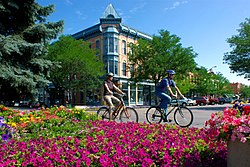
Fort Collins, home to Colorado State University, is a vibrant college town with a strong emphasis on research, innovation, and sustainability. Its economy thrives in education, tech, and craft brewing, as Fort Collins is considered the craft beer capital of Colorado, with dozens of breweries including New Belgium. The city has a charming historic Old Town, which inspired Disneyland’s Main Street, U.S.A. Outdoor lovers enjoy nearby Rocky Mountain National Park, hiking trails, and biking routes. With a young, educated population, Fort Collins is frequently ranked as one of the best places to live in the U.S.
Interesting Fact:
Fort Collins produces 70% of Colorado’s craft beer, making it a hub for beer tourism.
5. Lakewood, CO (Population: 155,961)
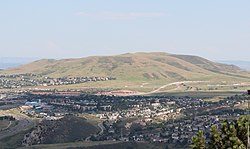
Lakewood, just west of Denver, offers a balance of suburban living and natural access. It is known for Belmar, a lively shopping and dining district, and its proximity to Red Rocks Amphitheatre, one of the world’s most famous concert venues. The city boasts more than 80 parks and Bear Creek Lake Park for outdoor recreation. Lakewood is popular with families and commuters due to its location near Denver while offering a quieter lifestyle. Its economy is centered around retail, healthcare, and professional services, with easy access to the Rocky Mountains for skiing and hiking.
Interesting Fact:
Lakewood’s Green Mountain offers panoramic views of Denver and the Rockies, popular with hikers and bikers.
6. Thornton, CO (Population: 144,922)
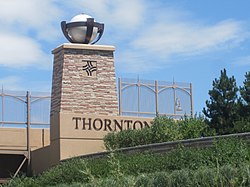
Thornton, north of Denver, is a rapidly growing suburban city known for its family-friendly neighborhoods and community events. The city features numerous parks, recreation centers, and trails, including the extensive Trail Winds Park and Open Space. Thornton’s location provides easy access to both Denver and the northern Front Range, making it attractive for commuters. The local economy is supported by retail, healthcare, and light industry, with new developments continuing to expand its population. Thornton places emphasis on community programs and outdoor activities, fostering a welcoming environment.
Interesting Fact:
Thornton has over 80 miles of trails and nearly 2,000 acres of parkland.
7. Arvada, CO (Population: 121,414)
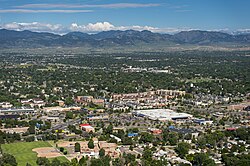
Arvada, northwest of Denver, combines historic charm with suburban convenience. Its Olde Town district is a popular gathering place with shops, restaurants, and cultural events. Arvada is also known for its strong community focus and abundant parks and trails, making it attractive for families. The city has deep agricultural roots but has grown into a residential hub with a mix of retail, services, and small businesses. Its location near major highways makes commuting easy, while still retaining a small-town feel.
Interesting Fact:
Arvada is nicknamed the “Celery Capital of the World” due to its agricultural history in celery farming.
8. Westminster, CO (Population: 114,875)
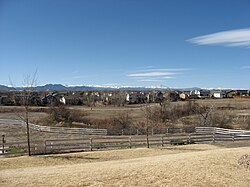
Westminster, located between Denver and Boulder, is a thriving suburban city with a mix of business, retail, and residential areas. The city is known for Westminster Promenade, a major entertainment and shopping destination, and its extensive open spaces, including Standley Lake Regional Park. Westminster’s location makes it ideal for commuters who work in either Denver or Boulder. The local economy is driven by retail, healthcare, and technology companies. The city also emphasizes sustainability and green living, with numerous bike paths and environmental initiatives.
Interesting Fact:
The Butterfly Pavilion in Westminster is the first stand-alone insect zoo in the United States.
9. Greeley, CO (Population: 112,609)
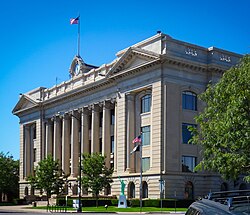
Greeley, located in northern Colorado, is historically tied to agriculture and cattle ranching. Today, it remains an important agricultural hub while also diversifying its economy with energy, education, and healthcare. The University of Northern Colorado brings a strong student presence, adding to the city’s cultural vibrancy. Greeley hosts the annual Greeley Stampede, one of the largest rodeo and western celebrations in the country. Its affordability and growing job market continue to attract new residents.
Interesting Fact:
Greeley is home to the Greeley Stampede, a 10-day rodeo and festival that attracts over 250,000 visitors each year.
10. Pueblo, CO (Population: 111,077)
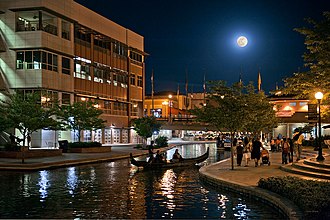
Pueblo, located along the Arkansas River, has a rich industrial history and is known as the “Steel City” for its long-standing steel production. The city has embraced its Hispanic heritage, with cultural festivals, authentic cuisine, and landmarks reflecting its diversity. Pueblo’s economy includes manufacturing, healthcare, and renewable energy, with an emphasis on solar and wind development. Outdoor activities abound along the Arkansas Riverwalk and nearby Lake Pueblo State Park. The cost of living is lower than many other Colorado cities, making it attractive for families and retirees.
Interesting Fact:
Pueblo produces about 50% of the steel used in the United States for wind turbines.




